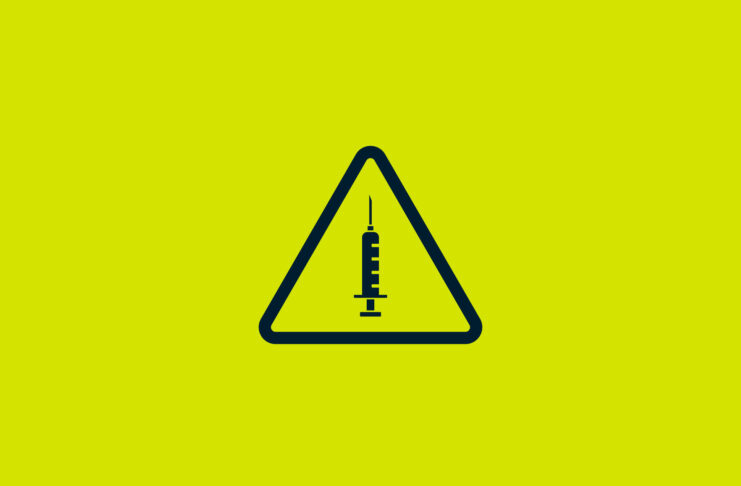Note: There is no need to disable IPv6 if you use the ExpressVPN app’s IPv6 Leak Protection feature, which is available on our Windows, Mac, and Linux apps.
What is IPv6?
IPv6 stands for Internet Protocol Version 6. It was designed to replace IPv4, the current internet protocol (IP).
What is an internet protocol?
To use the internet, computers and other connected devices need to have IP addresses, which identify the senders and receivers of internet communications.
As the number of people and devices connecting to the internet grows at an exponential rate, so does the need for IP addresses. The Internet Engineering Task Force (IETF) developed the next-generation IPv6 standard to support this rapid growth.
What is the difference between IPv6 and IPv4?
An IPv4 address looks like this:
69.89.31.226
Each IP address in IPv4 is 32 bits long, which means there can be roughly 4.3 billion unique IP addresses.
Here’s what an IPv6 address looks like:
2002:4559:1FE2::4559:1FE2
Each IP address in IPv6 is 128 bits long, which allows for a staggering 3.4×10^38 unique IP addresses. That many zeros represents a huge number of IPs… trillions of trillions!
Which internet protocol does ExpressVPN use?
ExpressVPN, like most consumer VPNs, works over the current-generation protocol, IPv4.
As IPv6 becomes more popular, we may consider running an IPv6-compatible VPN service in the future.
Is IPv6 traffic leaking outside of the VPN tunnel?
Most networks are not compatible with IPv6. But to ensure you don’t have IPv6 traffic running outside the VPN tunnel, follow these steps!
First let’s find out if your network supports IPv6 at all.
Go to https://ip6.nl/.
In the top-left corner of the webpage, there is a section called your connection. Check your result for IPv6.

If it says No IPv6 connectivity 🙁, you’re good! Your IPv6 traffic isn’t leaking.
If your network supports IPv6, then consider disabling it in your operating system. However, there is no need to disable IPv6 if you use the ExpressVPN app’s IPv6 Leak Protection feature. This feature is available on our Windows, Mac, and Linux apps.
If you do not use ExpressVPN or would otherwise like to disable IPv6, here are guides on how to do so:
Featured image: Charles Rondeau / Public Domain Pictures.net


























Comments
so the most important question that hasnt been answered is:
why does IPv6 leak traffic?
Because this article is bullsh*t. IPv6 is faster, more secure, and has additional privacy features, just go to wikipedia and read about it. When your network uses IPv6, your IP changes every day by default and you can set it to change more frequently such as every hour or less.
Thank you for this. I am guessing you need to reboot after completing the process of deactivating IPv6 on the network controller? I have not rebooted yet (so I assume that is why my IPv6 is still showing).
Hello, you may perform a complete restart to be sure that your network peripherals get reset during reboot.